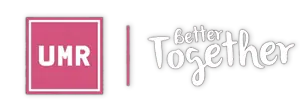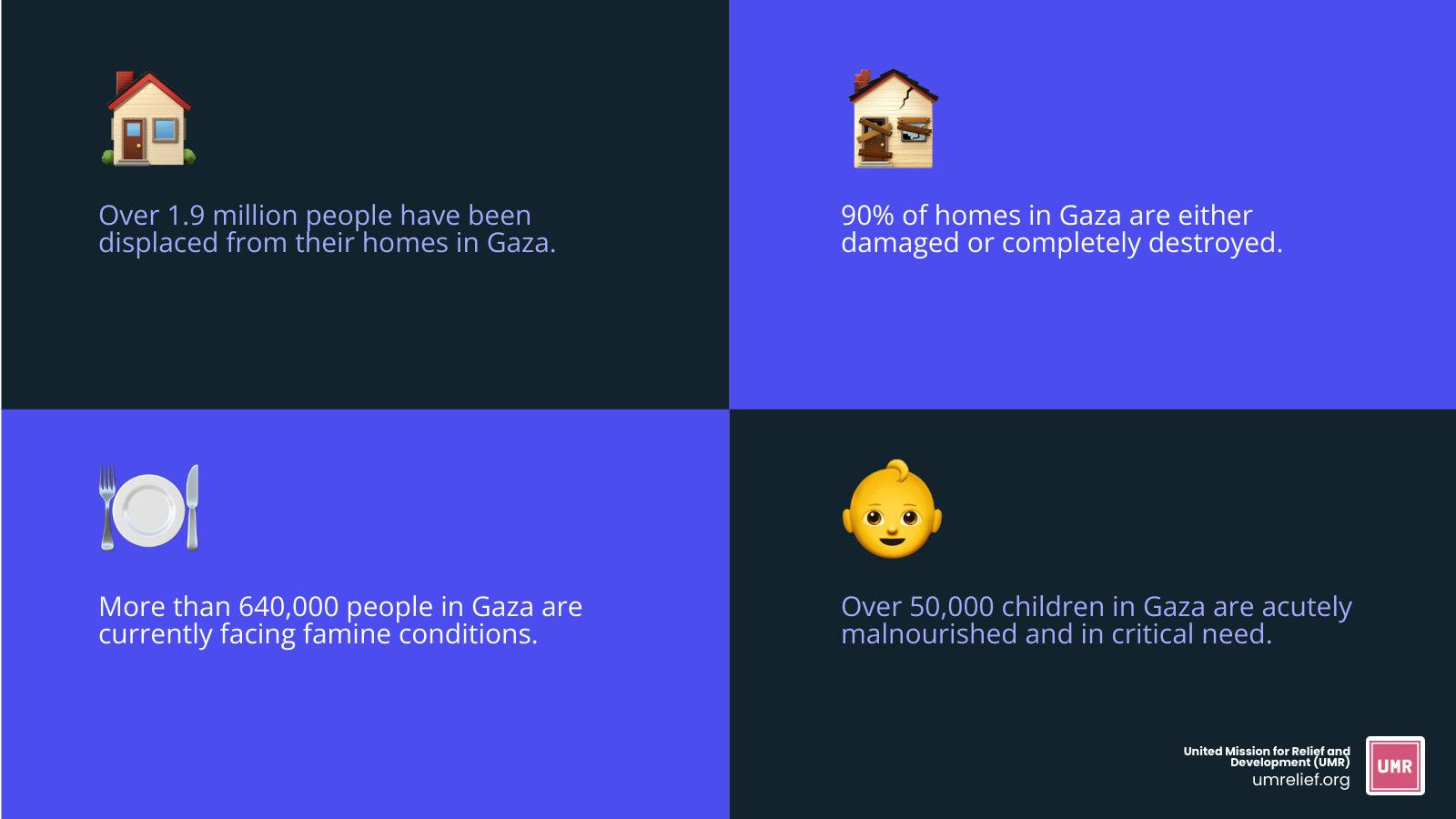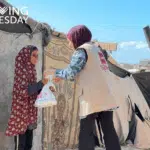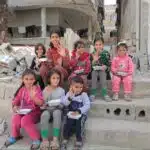Gaza relief efforts: Urgent Aid in Crisis 2025
Why Gaza Relief Efforts Matter Now More Than Ever
Gaza relief efforts are responding to one of the world’s most severe humanitarian crises. Over 1.9 million people have been displaced, 90% of homes are damaged or destroyed, and more than 640,000 people face famine conditions.
Key Facts About Gaza Relief:
- Who’s helping: UN agencies (UNRWA, WFP, WHO), international NGOs (IRC, Oxfam, CARE), and local partners
- What’s being delivered: Food, clean water, medical supplies, shelter materials, and cash assistance
- Main challenges: Border restrictions, damaged infrastructure, security threats, and fuel shortages
- How to help: Donate to verified humanitarian organizations, advocate for humanitarian access
The numbers are staggering: over 68,000 Palestinians killed, more than 50,000 children acutely malnourished, and only 14 of Gaza’s 36 hospitals partially functional. Aid organizations face extraordinary obstacles, including border restrictions that have blocked food convoys for weeks. Despite these challenges and personal losses, humanitarian workers persist, operating clinics, distributing meals, and providing psychosocial support.
The scale of need demands a massive, coordinated response. Organizations are preparing nearly one million meals daily, trucking clean water, treating malnourished children, and distributing tents. But these efforts barely scratch the surface.
As United Mission for Relief and Development (UMR), we connect over 120,000 stakeholders with impactful Gaza relief efforts. Through strategic campaigns and transparent reporting, we help donors understand how their contributions translate into life-saving aid on the ground.
The Scale of the Humanitarian Crisis in Gaza
The numbers tell a devastating story of a humanitarian catastrophe on a scale rarely seen. Nearly every person in Gaza has been affected, with fundamental rights to safety, food, and health hanging by a thread.
Over 1.9 million Palestinians have been displaced, many forced to move multiple times in a desperate search for safety. Families crowd into makeshift camps, where tents offer little protection or dignity. The physical destruction is almost incomprehensible, with more than 90% of homes damaged or destroyed, leaving entire neighborhoods as rubble.
Perhaps the most urgent crisis is hunger reaching the level of famine. More than 640,000 people are living in famine conditions (IPC Phase 5), facing starvation and destitution. The World Food Programme projects this will expand dramatically if Gaza relief efforts cannot deliver sufficient food.
The impact on children is heartbreaking. Over 50,000 children are acutely malnourished, and a report in The Lancet warns that tens of thousands face an increased risk of death without treatment. An entire generation is at risk.
Impact on Healthcare, Food, and Water
Gaza’s healthcare system has collapsed. Only 14 of 36 hospitals are partially functional, all overwhelmed and critically low on supplies. Doctors treat trauma patients with barely any anesthesia or antibiotics, while fuel shortages cause power outages during surgeries. Our organization is working to address these needs, detailed on our Palestine Medical Crisis page.
Food insecurity is a daily struggle for survival. With over one million people facing emergency levels of hunger, families make impossible choices about who eats. Aid delivery is hampered by restrictions, damaged roads, and security threats.
Clean water is dangerously scarce, with nearly 95% of the enclave facing water insecurity, as detailed on our Water Crisis in Gaza page. People drink from unsafe sources, risking diseases like cholera, while the breakdown of sanitation systems worsens public health conditions.
The Plight of Vulnerable Populations
Children are bearing deep psychological scars from the trauma of violence and displacement. With schools destroyed, their education has been severely disrupted. Women face unique challenges, including a lack of hygiene kits and limited access to reproductive health services, putting pregnant and breastfeeding mothers at extreme risk. The elderly and people with disabilities are often unable to flee danger or access aid, their suffering largely invisible in the broader crisis.
Who is on the Ground? Key Organizations in Gaza Relief Efforts
Responding to a disaster of this scale requires a coordinated army of dedicated people. In Gaza, international organizations, local groups, and brave individuals are working together to provide a lifeline to those trapped in the crisis.
The United Nations and its agencies form the backbone of the humanitarian operation. UNRWA provides a lifeline for Palestine refugees with education, healthcare, and food aid. The World Food Programme (WFP) is racing to prevent mass starvation, aiming to feed up to 1.6 million people. UNICEF focuses on protecting children from disease and malnutrition, while the World Health Organization (WHO) supports the remnants of Gaza’s health system. OCHA coordinates the entire response to ensure aid is delivered effectively.
International NGOs bring specialized expertise. Doctors Without Borders (MSF) medical teams treat trauma patients in overwhelmed hospitals. Oxfam and its partners have supported over a million people with water, sanitation, and food. CARE leverages decades of local relationships to deliver essential supplies. The International Rescue Committee (IRC) has supported hundreds of thousands with health and safety programs and has tonnes of medical equipment ready to dispatch once access is granted.
Crucially, local partners are the heroes of Gaza relief efforts. The Palestinian Red Crescent Society operates ambulances, and the Palestinian Medical Relief Society keeps clinics running against all odds.
At United Mission for Relief and Development (UMR), we are proud to work alongside these organizations and through direct partnerships with local entities like the Palestinian Medical Relief Society, Juzoor for Health and Social Development, and the Palestinian Agriculture and Relief Commission. These partnerships ensure that Palestinians are leading their own recovery with dignity.
The Lifeline: What Aid is Being Delivered?
In a crisis where survival is measured in hours, Gaza relief efforts focus on the absolute essentials: food, water, medicine, and shelter.
Food aid is the foundation of the response. Nearly one million hot meals are prepared daily, and food parcels with staples like flour and oil are distributed to displaced families. For the most vulnerable, high-energy biscuits and nutritional supplements are critical for combating acute malnutrition in over 50,000 children. These items are lifelines preventing irreversible harm. For more on this, explore our Gaza Food Crisis: Complete Guide.
Medical supplies are another priority. With only 14 hospitals partially functional, every surgical kit for trauma care and every dose of essential medicine matters. Mobile clinics bring basic healthcare to displaced communities, while psychosocial support services help people, especially children, process profound trauma. Our page on Psychosocial Support (PSS) explains this vital work.
With 90% of homes damaged, shelter is paramount. Thousands of tents, blankets, and mattresses have been distributed, offering basic protection from the elements. As temperatures drop, winterization kits with warm clothing and heating materials become essential for survival.
Water, Sanitation, and Hygiene (WASH) interventions are crucial to prevent disease outbreaks. Clean water trucking operations run daily, and water desalination units are being installed to increase the supply of safe drinking water. Hygiene kits containing soap and sanitary pads help preserve dignity and health in overcrowded camps.
Multi-Purpose Cash Assistance (MPCA) is an innovative approach that empowers families to purchase what they need most from local markets, when available. This gives them autonomy while supporting the local economy.
At UMR, we contribute to these efforts through direct programming and partnerships with local organizations like the Palestinian Medical Relief Society. Every donation and every delivery matters when survival hangs by a thread.
Overcoming Obstacles: Challenges Facing Aid Workers
Getting humanitarian aid into Gaza is one of the most challenging operations in the world. Aid workers risk everything, but obstacles at every turn prevent life-saving supplies from reaching families in desperate need.
Access restrictions are the single biggest barrier to Gaza relief efforts. Border crossing closures and complex, lengthy inspection processes create bottlenecks that strangle the flow of aid. Shipments are often rejected, forcing organizations to restart the process while people starve. It has been weeks since food convoys reached parts of northern Gaza. The OCHA humanitarian access overview tracks these crippling restrictions in detail.
Security threats are constant. Airstrikes can hit aid convoys and distribution points, and humanitarian staff have suffered immense personal losses while continuing their work. Desperation among the population can also lead to the looting of scarce supplies before they reach their destination.
Damaged infrastructure turns every delivery into a logistical nightmare. Destroyed roads make areas unreachable, and the loss of warehouses leaves supplies vulnerable. Frequent communication blackouts make coordination nearly impossible when it’s needed most.
Fuel shortages have a catastrophic ripple effect. Without fuel, hospital generators fall silent, water pumps stop working, and aid trucks cannot move. UNOPS works to distribute fuel, but the supply is never enough to meet the overwhelming demand.
Even ceasefires create complications, triggering massive population movements that force aid organizations to constantly adapt and redirect supplies.
At UMR, we steer these challenges through our local partners, who understand the terrain and the shifting dynamics on the ground. Their courage is immeasurable, driven by the knowledge that behind every statistic is a person in need.
The Path Forward: Long-Term Recovery and How You Can Help
The immediate crisis in Gaza demands urgent action, but the work of rebuilding will take years and requires a sustained global commitment. This is about more than clearing rubble—it’s about restoring hope and dignity to millions.
Reconstruction on a massive scale is needed. With over 90% of homes damaged or destroyed, entire neighborhoods must be rebuilt. Hospitals and schools must be repaired and re-equipped to restore essential services. Livelihood support will be critical for families to regain self-sufficiency through agricultural rehabilitation and job creation, an area we focus on in our Sustainable Job Creation programs.
Perhaps the deepest wounds are invisible. Trauma counseling and psychosocial support will be needed for years to heal a population that has experienced profound loss. Organizations like UMR are providing mental health services, but the need is overwhelming.
The Global Response to Gaza Relief Efforts
The international community has a vital role. Diplomatic pressure is needed to ensure humanitarian access and protect civilians under international law. UN resolutions and funding appeals highlight the legal frameworks and massive financial resources required.
At UMR, we engage with global institutions like the UN and USAID to strengthen our programs and advocate for the communities we serve. In partnership with local organizations, we focus on building local capacity and promoting dignity alongside delivering aid.
How Individuals Can Support Gaza Relief Efforts
Your support truly matters. The most effective way to contribute to Gaza relief efforts is through monetary donations to established, reputable humanitarian organizations. Cash allows agencies to purchase exactly what’s needed, support local economies, and respond flexibly to changing needs.
Before donating, verify the charity using resources like the Better Business Bureau (BBB) Wise Giving Alliance or Charity Navigator. Watch out for scam sites by double-checking URLs and use secure payment methods like credit cards. The BBB Scam Tracker can help identify potential fraud.
Advocacy is also powerful. Calling for humanitarian access, contacting your elected officials, and raising awareness in your community all contribute to the pressure needed for lasting change.
We invite you to learn more on our page, How to Donate to Help Palestine. Every donation is part of a larger effort to restore hope and rebuild lives.
Frequently Asked Questions about Gaza’s Humanitarian Crisis
What is the most effective way to help people in Gaza?
Monetary donations to established, reputable humanitarian organizations are the most effective way to help. Cash allows agencies on the ground to procure exactly what is needed most, support local economies, and respond flexibly to the rapidly changing situation. It avoids the high costs and logistical delays of shipping physical goods into a conflict zone.
Why is it so difficult to get aid into Gaza?
Aid delivery is severely hampered by a combination of factors. These include active conflict, damaged roads and infrastructure, extensive and unpredictable inspection processes at the few open border crossings, and security risks to aid workers and convoys. These challenges create significant bottlenecks and prevent a sufficient volume of aid from reaching those in need. For more details, you can consult the OCHA humanitarian access overview.
What are the most urgent needs in Gaza right now?
The most urgent needs are the absolute basics for survival: food, clean water, shelter, and medical care. With famine conditions present and the healthcare system decimated, providing nutrition, safe drinking water, and life-saving medical supplies is the top priority. You can learn more about the Water Crisis in Gaza on our site. Beyond physical needs, psychosocial support is also critical to help people cope with profound trauma, a service detailed on our Psychosocial Support (PSS) page.
Conclusion
The numbers from Gaza are devastating: millions displaced, neighborhoods in rubble, and families facing starvation. Yet behind every statistic is a person in need of help and hope.
Gaza relief efforts are making a difference, but the gap between what’s needed and what’s delivered remains enormous. Aid workers show up every day, navigating closed borders, destroyed infrastructure, and constant danger. Their courage is a powerful reminder of our shared humanity, but it is not enough.
The path forward requires more than emergency aid. It requires a global commitment to rebuilding homes, hospitals, and schools. It means providing trauma counseling for children and supporting families as they regain their livelihoods with dignity.
At UMR, we are committed to standing with Gaza through both immediate crisis and long-term recovery. Through partnerships with local organizations and global institutions, our programs in emergency response, health, WASH, and livelihood support are designed to build resilience and create lasting change.
This crisis can only be solved through global solidarity. Your voice calling for humanitarian access and your donation providing clean water matter profoundly. The people of Gaza need to know they have not been forgotten. Will you stand with them? Support Gaza’s recovery and be part of building a more hopeful future.












